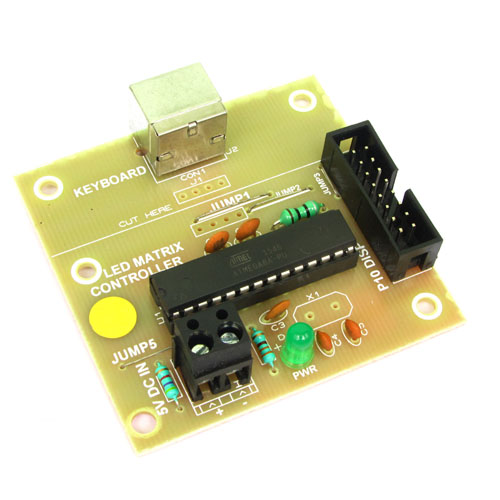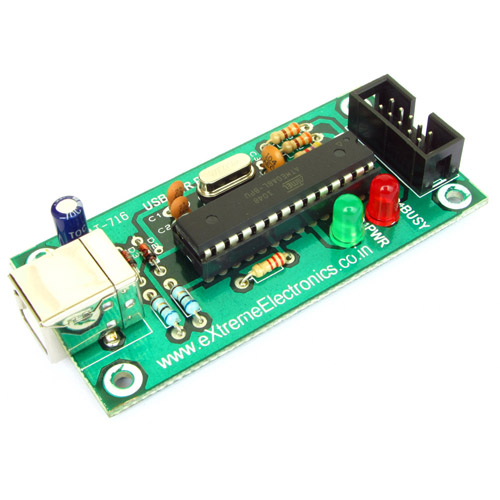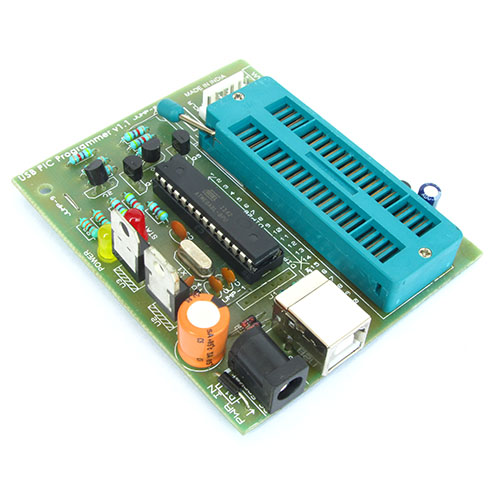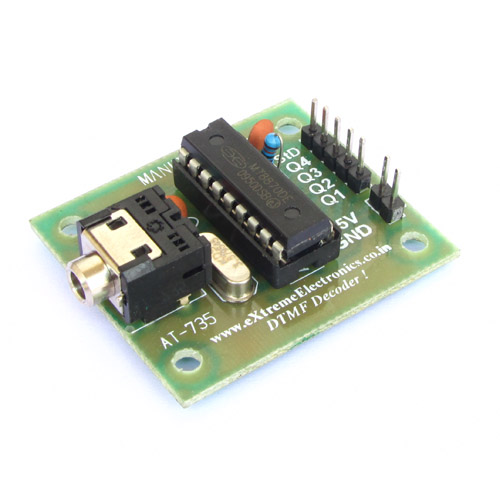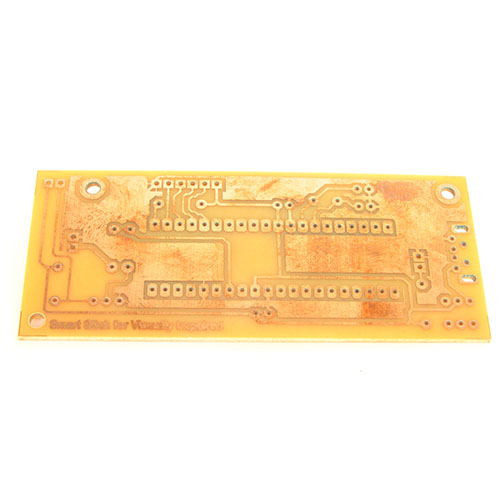The main property of a diode is that it allows a current to flow only in one direction. Current can only flow from anode side to cathode side inside the diode. If we try to reverse the polarity of supply, the diode will behave as an open circuit having infinite resistance and thus NO current flows through it.
This condition is known as diode forward biasing.
 |
|---|
| Fig. Forward Biasing |
If you reverse the polarity of supply then this condition is know as Reverse Biasing. No current flows when a diode is in reverse biased state.
 |
|---|
| Fig. Reverse Biasing |
This property of diode is used to
- Convert AC Current to DC Current in power supply.
- Provide reverse voltage protection for a sensitive circuit.
During forward bias their is a small drop of voltage across the diode this is known as Forward Voltage (Symbol VF). In simple terms the diodes consumes that much amount of voltage so the actual voltage you get for your load is less by that amount. So for example if VF for the diode you are using is 1V and your voltage source (say a battery) is 6V you will only be able to deliver 5V to your load.
What if the supply voltage is less than VF?
Nice question ! The answer is that diode won't conduct! That means you need to supply voltage more than VF in order to make the diode conduct.
And one more thing about diodes. While operating in reverse bias condition, if the voltage is increased above a certain level, the poor diode will not be able to resist it. And it will start conducting in reverse also. This voltage above which the diode start conducting in reverse is known as the Breakdown Voltage (Symbol VBR)
We cordially thanks the following peoples who shared this page on various social networks and insprided us to develop more quality contents!
Moslemdenam@gmail.com , Nagarjuna,





